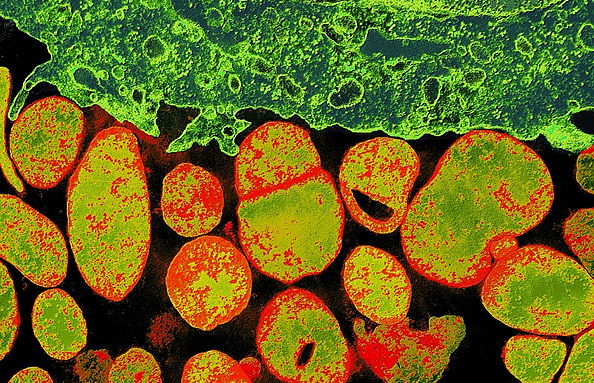Researchers at Stanford and the J. Craig Venter Institute recently created the first complete computer model of an organism. The simulation models the genome and life processes of Mycoplasma genitalium, an aptly-named bacteria that makes its home in human genitals. The team's leader, Markus W. Covert, hopes that similar simulations may eventually allow for more medical experiments than is currently possible, and at faster rates. One day we may be able to bypass lab rats entirely and plug new drugs directly into a model of a cancer cell.
The team's feat was no easy task. To simulate M. genitalium, the world's second smallest free-living organism, the scientists needed 128 computers working in tandem for nearly 10 hours. Their effort might not even represent a useable model: Critics already contend that the simulation is far too simplistic to be considered accurate. Even if the model proves to be accurate, there's still the issue of scaling up. Another relatively simple organism, E. coli, has a staggering 4,288 genes compared to M. genitalium's 525, while humans have around 23,000.
Life, even at its most basic, still far outstrips our ability to describe it. This has profound implications not just for medicine, but for many predictions of a biotech future. It's hard to imagine modeling the memories of every human on earth during a Singularity-style event if we'd need trillions of computers to do so.
Via the New York Times and The Atlantic.

Share your thoughts and join the technology debate!
Be the first to comment